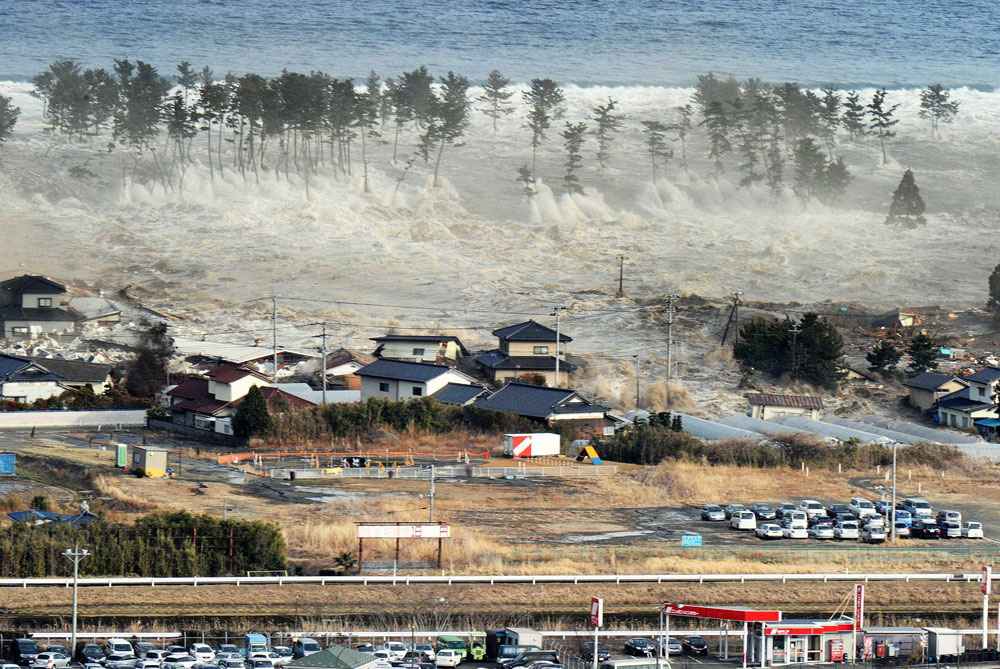Global Governments Begin Warning of Critical Food Shortages
First things first, there is no need for panic, and it is important to remember the United States is a net food exporter. The U.S. is blessed with a food production and capacity industry that leads the world. We have fertile land, abundant harvests and the strong advantage of food independence.
That said, the influence of multinational corporations in our agriculture industry over the past three decades has ramifications, and we have outlined exhaustively, on these pages, what the real-world consequences are. As we head into a chapter of global food crisis, the food production capacity of the United States can be viewed as an asset, but only insofar as we are willing to secure a national food supply for our own America-First interests.
 What we have talked about prudently on these pages is now coming into greater focus, as global leaders are beginning to prepare their own citizens for the long-term consequences of their disruption to the food supply chain.
What we have talked about prudently on these pages is now coming into greater focus, as global leaders are beginning to prepare their own citizens for the long-term consequences of their disruption to the food supply chain.
The meteor of government intervention hit the ocean back in the spring of 2020, when government intervened in the food supply process, the tsunami -the ripple effect from that intervention- is now within sight of shore.
I’m not going to repeat the history here. CTH readers already know the details {Go Deep} – for everyone else, use the site search function. As a result of intervention, global COVID intervention, food stocks were depleted. Combined with increased energy costs, driven by the ideological chase for climate change under the guise of ‘Build Back Better,’ we end up with higher fertilizer costs for this year.
The ripple effect becomes a tsunami, and the next round of global food harvests becomes more critically important and simultaneously more expensive. For the past three months, the sound of the alarms have grown louder. Now, people are really starting to pay attention.
(Food Supply Chain) […] Commodity markets are soaring — wheat is up about 50% in two weeks and corn just touched a decade high. The surging costs could end up weighing on currencies in emerging markets, where food represents a bigger share of consumer-price baskets. And analysts are predicting export flows will continue to be disrupted for months even if the war were to end tomorrow.
The crisis extends beyond just the impact of grain exports (critical as they are). Russia is also a key supplier for fertilizers. Virtually every major crop in the world depends on inputs like potash and nitrogen, and without a steady stream, farmers will have a harder time growing everything from coffee to rice and soybeans.
Plainly speaking, there are few other places on the planet where a conflict like this could create such a devastating blow to ensuring that food supplies stay plentiful and affordable. It’s why Russia and Ukraine are known as the breadbaskets to the world. (read more)
There is some alarmism in that last cited paragraph. Russia and Ukraine are not “breadbaskets to the world“; they are breadbaskets to Europe, parts of the middle east and parts of Asia (in the northern hemisphere). It is more accurate to say Russia and Ukraine are to Europe what the United States is to North America.
 Canada and Mexico could survive without the U.S. farmland, but they would have to modify quickly. Europe, the U.K and Scandinavia can survive without Russia/Ukraine, but they too would need to modify quickly.
Canada and Mexico could survive without the U.S. farmland, but they would have to modify quickly. Europe, the U.K and Scandinavia can survive without Russia/Ukraine, but they too would need to modify quickly.
Analogously, Central America would be less impacted by U.S. harvest disruptions than eastern Asia, the destination for most of our agricultural exports. The beneficiaries of Ukraine/Russia harvests in Southern Europe and the Middle East are more vulnerable than the beneficiaries in the U.K and northern Europe.
The issue for us, in the United States, is going to be increased global demand for agricultural food products from us to fill any void created by the Ukraine Russia conflict.
This demand side issue is made more complicated by multinational ownership of our farm outputs (Big Ag). Corporate ownership of U.S. food products *could become* an issue if we have external geopolitical influences upon the U.S food supply.
The United States government has never had to view food supplies as a national security threat. However, because supply has never been an issue, and because the multinational ownership rose up during a time frame when supply was never an issue, there is no reference point for how (or even if) the U.S. government will react if domestic food outputs are distributed away from American citizens by corporations chasing the highest financial return.
Think about it.
NOTE: Wheat, corn and soybeans are the foundation of the U.S. food supply. They are primarily used as ingredients in processed foods, oils, and are fed to the cattle, hogs, and poultry that supply meat and eggs for the American diet. When those grain harvests go up in price, the downstream increase in price is far reaching.
Remember, there is no such thing as a “commodity” market in the free market sense of the word. Those commodity markets are now “controlled markets“, and fully under the control of massive multinational agricultural corporations.
It is critical to think of BIG AG in the same way we already are familiar with multinational manufacturing of durable goods.
We are already familiar how China, Mexico and ASEAN nations export our raw materials (ore, coking coal, rare earth minerals etc.). The raw materials to manufacture goods are then trans-shipped back into the U.S. for purchase.
It is within this decades-long process where we lost the manufacturing base, and the multinational economic planners (World Trade Organization) put us on a path to being a “service driven” economy.
The road to a “service-driven economy” is paved with a great disparity between financial classes. The wealth gap is directly related to the inability of the middle class to thrive.
Elite financial interests, including those within Washington DC, gain wealth and power, while the U.S. workforce is reduced to servitude, “service”, of their affluent needs. The destruction of the U.S. industrial and manufacturing base is EXACTLY WHY the wealth gap has exploded in the past 30 years.
With that familiarity, did you think the multinationals would stop with only “DURABLE GOODS”?
They don’t.
They didn’t.
The exact same exfiltration and exploitation has been happening, with increased speed, over the past 20 years with “CONSUMABLE GOODS“, i.e. food.
Raw material foodstuff is exported to China, ASEAN nations and Mexico, processed and shipped back into the U.S. as a finished product. This is the same design-flow with food as previously exploited by other economic sectors, including auto manufacturing.
Multinational corporations, BIG AG, are now invested in controlling the outputs of U.S. agricultural industry and farmers. This overall process is why food prices were rising so fast in the past decade. Government COVID intervention in the food supply chain made these pricing issues worse. Government energy policy under the guise of Build Back Better is pouring fuel into the inflationary furnace.
The free market was not determining price before COVID; there was no “supply and demand” influence in the modern agricultural dynamic. Food commodities have been a controlled market just like durable goods. The raw material (harvests writ large) was exploited by the financial interests of massive multinational corporations.
All of these dynamics created the meteor which quietly hit the ocean when no one noticed.
Now the tsunami warning sirens are sounding and people are starting to wonder why…

This global “crisis” could provide the perfect entry for global government to fundamentally transform their relationship with the people.
Food insecurity will generate massive demands on governments around the world for solutions.
Even the preppers, who are well prepared for what might happen, will be subject to the outcomes of the government solutions, just like all travelers having to take their shoes off at the airport security check. We all live in the same world, so when they change it for the few, it changes for the many.
Final thought… even if you are well prepared for the worst-case scenario, when they hand the ration cards or food/gas coupons, get in line with everyone else and use them – even if you don’t need them. Do not draw any attention to yourself. Do not behave any differently than anyone else. Even if it doesn’t suck for you, give the appearance that it does. Keep the eyes of a mouse and the ears of an elephant.




Post a Comment